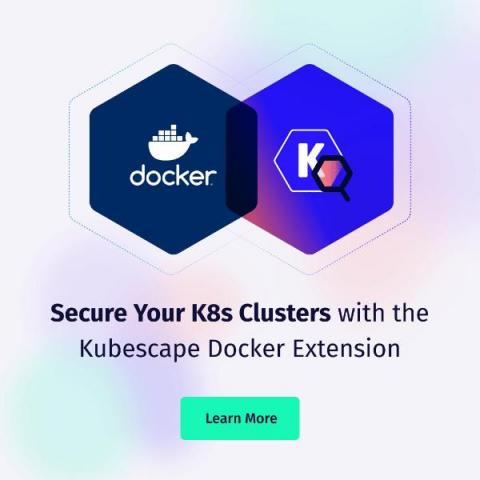Avoiding Kubernetes "CVE shock" through Relevancy and Prioritization
ARMO is launching a new Kubernetes vulnerability relevancy and prioritization feature based on eBPF technology to help Kubernetes and DevSecOps practitioners focus on fixing the vulnerabilities that impact their security posture most.











